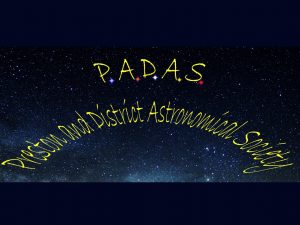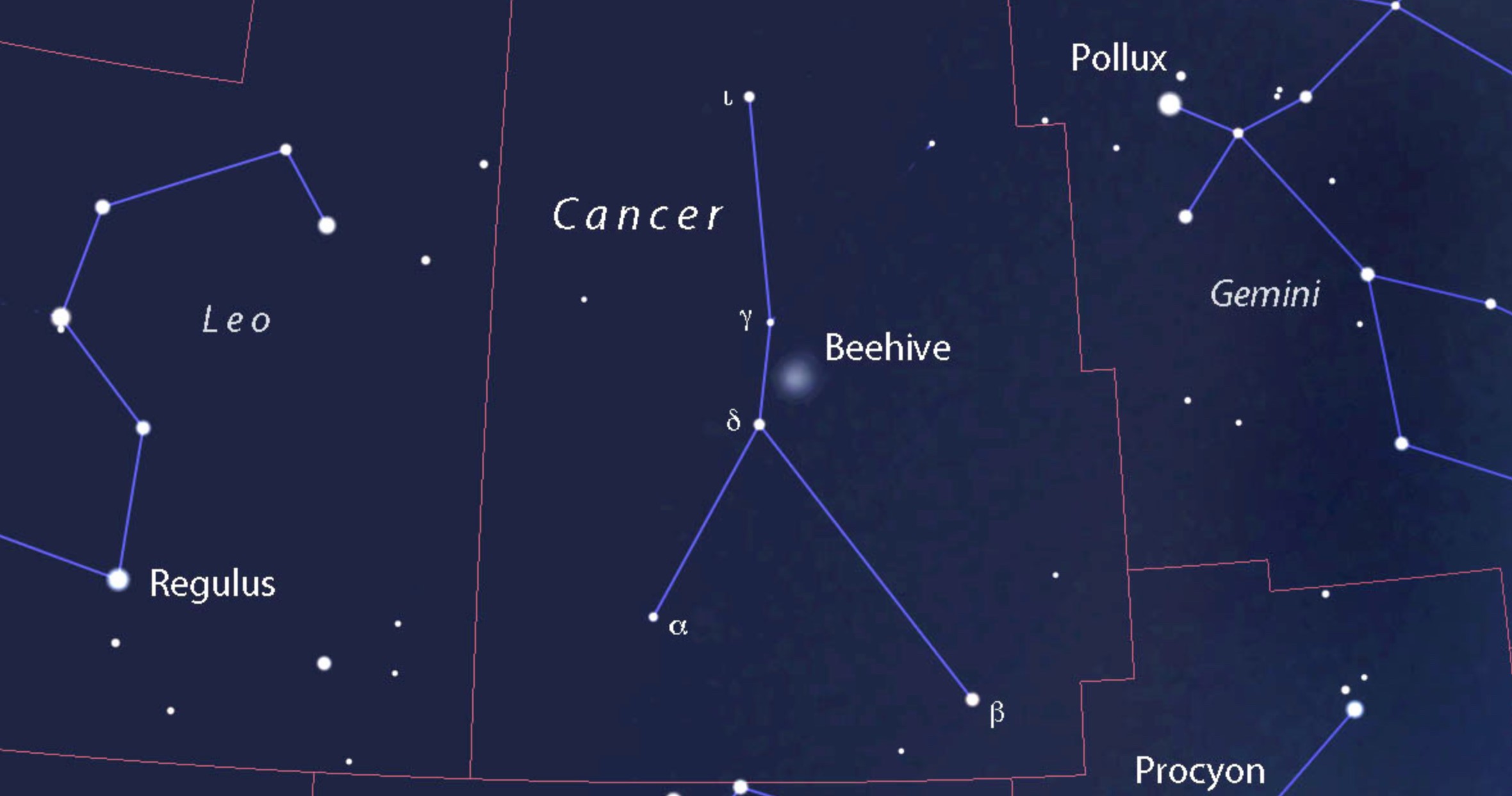Astronomy in April – Preston & District Astronomical Society

Astronomy in April
The nights are getting shorter but there are still some great things to look out for in the April skies, including two meteor showers and it might be a bit warmer too!
4 Apr Moon in the last quarter
6 Apr Saturn 4.0 degrees North of the Moon. The waning Crescent Moon passes Saturn and Jupiter very low in the South-East just before sunrise.
7 Apr Jupiter 4.4 degrees North of the Moon
8 Apr PADAS free zoom lecture by Professor Ian Robson 7.30pm, to join see the PADAS Facebook
9 Apr Neptune 4.3 degrees North of the Moon
11 Apr Mercury 3.0 degrees North of the Moon
12 Apr New Moon – Venus 2.9 degrees North of the Moon.
13-29 Apr Lyrids meteor shower. The maximum is around the 22nd April.
13 Apr Uranus 2.5 degrees North of the Moon
14 Apr Moon at apogee, furthest from the Earth.
17 Apr Mars 0.1 degree North of the Moon. Although the brightness of Mars has faded a bit from last
month, it should still look good near a crescent Moon around 9pm.
18- 27 May Eta-Aquariid meteor shower
20 Apr Moon in the first quarter
22 Apr Lyrids meteor shower maximum
27 Apr Full Moon, known as the ‘Pink Moon’, not because it looks pink but because it coincides with
spring blossom, in particular wildflowers, native to North America, called creeping phlox or
pink moss. Moon at perigee, closest to the Earth.
Constellation of the Month
The constellation of Cancer shows well in the West this month. It is located between Gemini and Leo. In Greek mythology, it represents the crab sent by Hera to kill Hercules whilst performing the second of his twelve labours, to fight the multi-headed Hydra. Hercules killed the crab after it bit his foot and as a reward for its efforts Hera placed the crab amongst the stars. It is difficult to see the whole crab shape with the naked eye as part of it is very faint so look for a Y shape.
Astronomy Fact of the Month
Distances in the universe as so large they can be measured in light-years. A light-year is the distance light travels in one year. Light travels at 300,000 km every second, that’s 186,000 miles per second. Outside our Solar System the nearest star is Proxima Centauri which is 40,208, 000, 000, 000 km. A big number, so easier to think of it as 4.24 light years!
Information provided by PADAS (Preston and District Astronomical Society)


